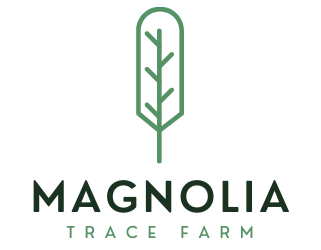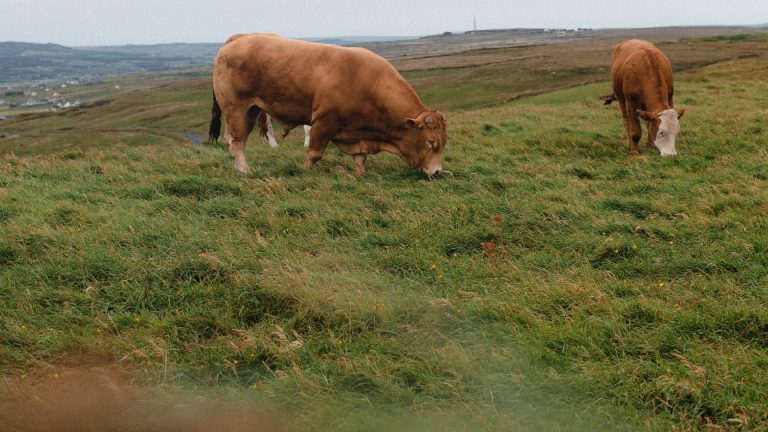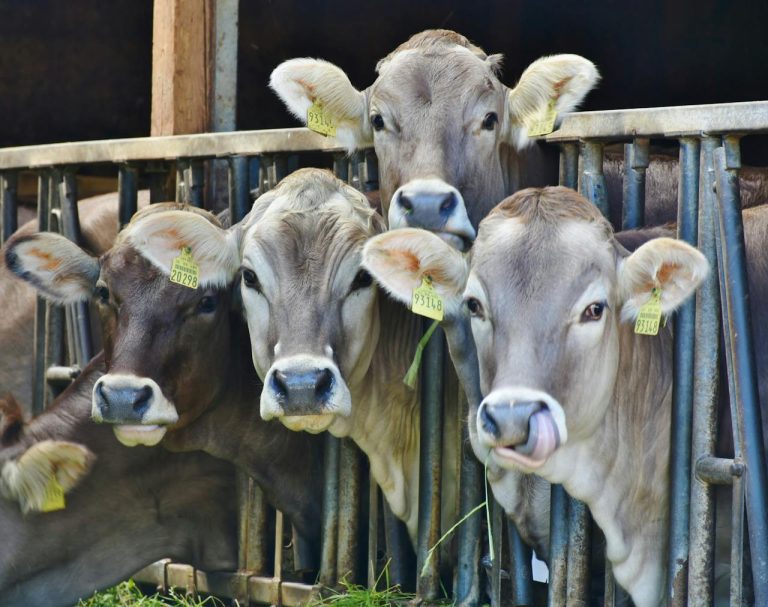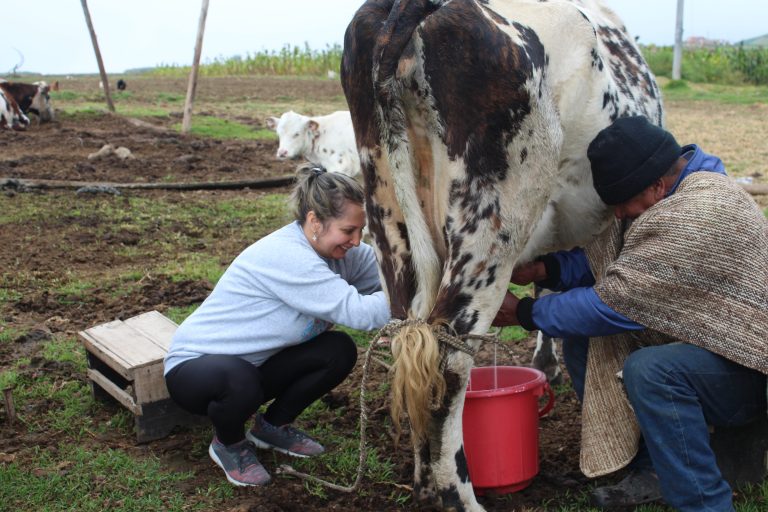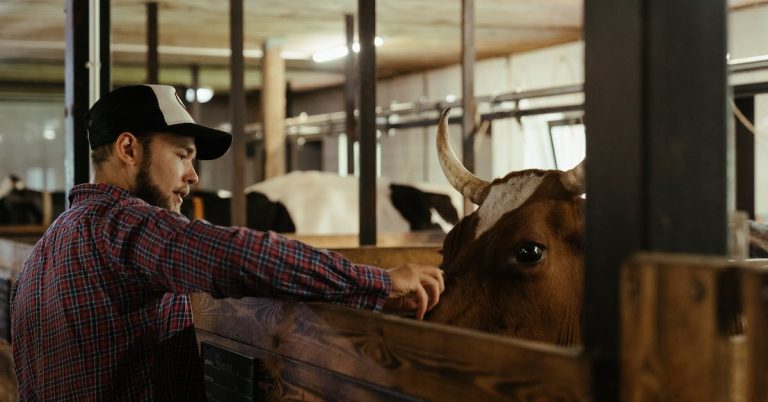9 Best Practices in Pasture Management for Cattle To Maximizing Productivity
As a cattle farmer, it’s important to manage pastures well to be productive and keep your herd healthy.
Implementing best practices in pasture management helps optimize grazing conditions. It also stops weeds and pests, makes soil better, and manages water well.
In this article, I will share helpful tips for caring for your cattle and ranch.
Understanding Best Practices In Pasture Management for Cattle
Pasture management is how we take care of and use pastures for livestock to graze. The goal is to improve forage production, keep pastures healthy, and sustain grazing. Effective pasture management offers many benefits for cattle farmers, including:
- Increased forage availability
- Improved animal nutrition
- Reduced feed costs
- Enhanced herd health and performance
- Preservation of pasture ecosystems
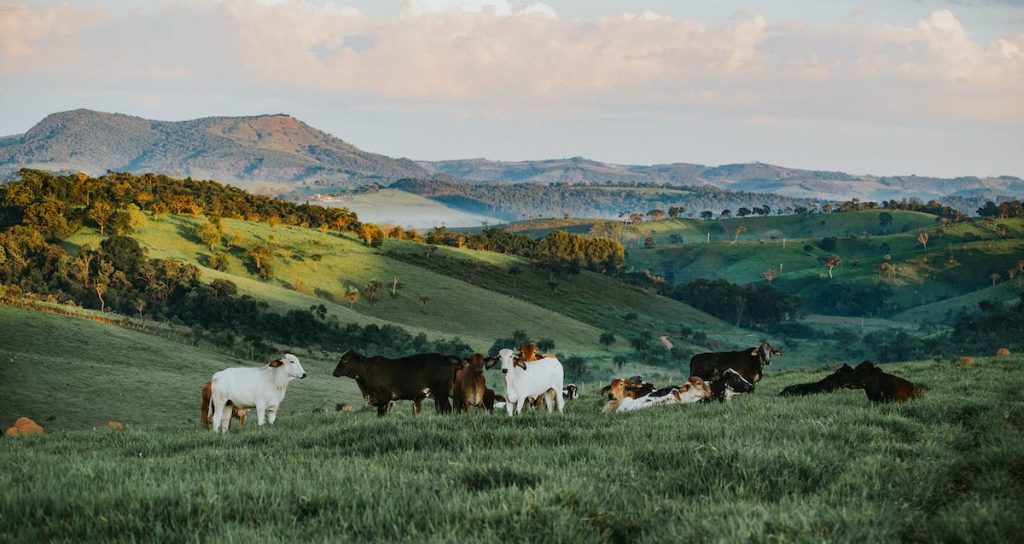
Assessing Pasture Conditions
To make good decisions, it’s important to check the condition of the pasture. This helps identify any problems that may arise. When assessing your pastures, consider the following factors:
- Forage quality and quantity
- Presence of weeds and pests
- Soil fertility and pH levels
- Water availability and drainage
Rotational Grazing Techniques
Farmers divide pastures into smaller areas using rotational grazing. We move cattle between these areas. This practice offers several benefits, including:
- Improved forage use
- Reduced risk of overgrazing
- Enhanced pasture health and regrowth
- Parasite control through pasture rest periods
Weed and Pest Control
Weeds and pests can impact pasture productivity and cattle health. Maintaining good grazing conditions requires effective strategies for controlling weeds and pests. Common weeds and pests that affect pastures include:
- Weeds
- Pests
- Dandelion
- Grasshoppers
- Thistle
- Cattle grubs
- Johnson grass
- Ticks
Fertilization and Soil Management
Soil fertility plays a vital role in pasture productivity. Fertilizing pastures can help replenish essential nutrients and improve forage quality. Common methods for fertilizing pastures include:
- Applying organic matter, such as compost or manure
- Using commercial fertilizers based on soil test results
- Implementing proper grazing management to enhance nutrient cycling
Water Management
It is vital to have enough water to keep your cattle healthy. Implementing best practices for water management in pastures includes:
- Checking water sources for cleanliness and functionality
- Providing access to water in all paddocks
- Implementing rotational grazing to prevent overgrazing around water sources
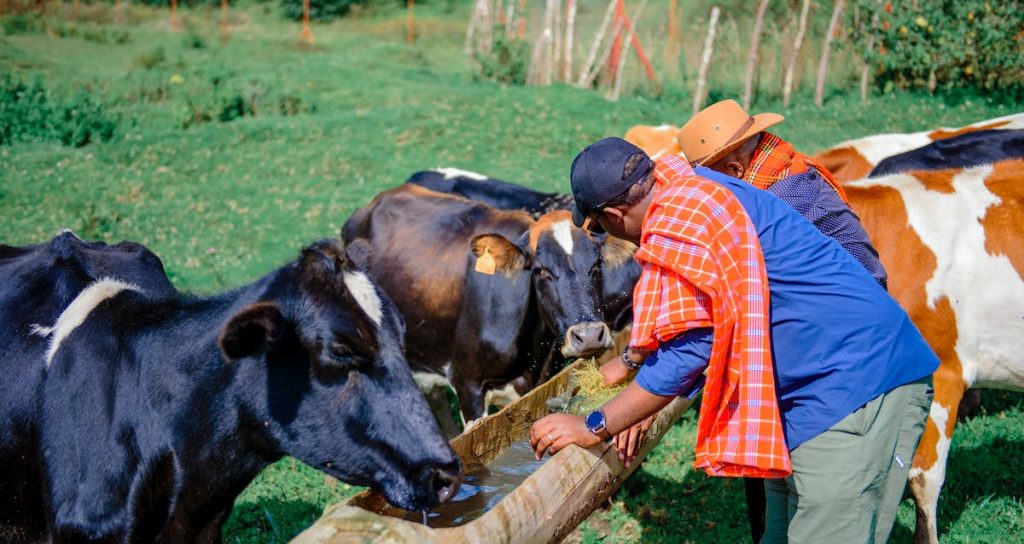
Grazing Management
To maintain healthy pastures for grazing, you need to know the proper stocking rates. Factors to consider when managing grazing include:
- Pasture size and carrying capacity
- Forage availability and growth rates
- Animal nutritional requirements
- Environmental conditions
Pasture Renovation and Restoration
Over time, pastures may need renovation or restoration to maintain productivity. Signs that show the need for pasture renovation include:
- Declining forage quality and quantity
- Increased weed infestation
- Soil erosion or compaction
Techniques for renovating and restoring pastures include:
- Overseeding with desirable forage species
- Implementing proper grazing management to allow for pasture recovery
- Addressing soil fertility issues through fertilization
Monitoring and Record-Keeping
Monitoring pasture conditions and cattle performance is crucial for making informed management decisions. Tools and methods for effective monitoring and record-keeping include:
- Regular pasture walks and visual assessments
- Keeping records of forage growth and use
- Monitoring cattle body condition scores and weight gains
- Utilizing technology, such as pasture mapping apps or data loggers
Final word..
In short, using good pasture management is crucial for successful cattle farming. To improve your herd’s health and performance, follow these steps. First, learn about pasture management. Then, assess the conditions. Next, use rotational grazing. Also, control weeds and pests. Additionally, manage soil and water. Lastly, keep records. I encourage you to use these best methods and keep learning and adapting. This will help your cattle farming succeed.
Frequently Asked Questions (FAQ)
- How often should I assess my pastures? To keep track of the condition of the pasture, it’s important to check it. You should do this at least once every season. During these assessments, we check how much food there is, if there are any weeds, and if the pasture is healthy. Additionally, you can do visual assessments to identify any immediate issues.
- What are some common weeds that can affect pastures? Common weeds that can affect pastures include dandelion, thistle, and Johnson grass. Weeds can harm good plants and reduce productivity in pastures.
- How can I determine the appropriate stocking rate for my pastures? When deciding how many animals to have in your pastures, think about the size and amount of food. Also, factor in the animals’ dietary needs and the weather. To find the best number of animals for your situation, talk to a local farming expert.
- What are the signs that show the need for pasture renovation? When there is less grass and more weeds, and the soil erodes or compacts, it’s time to renovate the pasture. Regular checks of the pasture can find problems and show when it needs fixing or restoring.
- What tools can I use for monitoring pasture conditions and cattle performance? You can use different tools and technologies to track how the pasture and the cattle are doing. There are apps for mapping pastures. You can use data loggers to record environmental conditions. Weighing scales can track cattle weight gains. It’s easier to manage pastures when you track how much forage is growing. Also, keep track of how much forage is being used and check the condition of the cattle.
